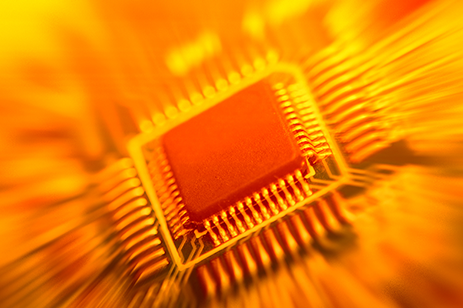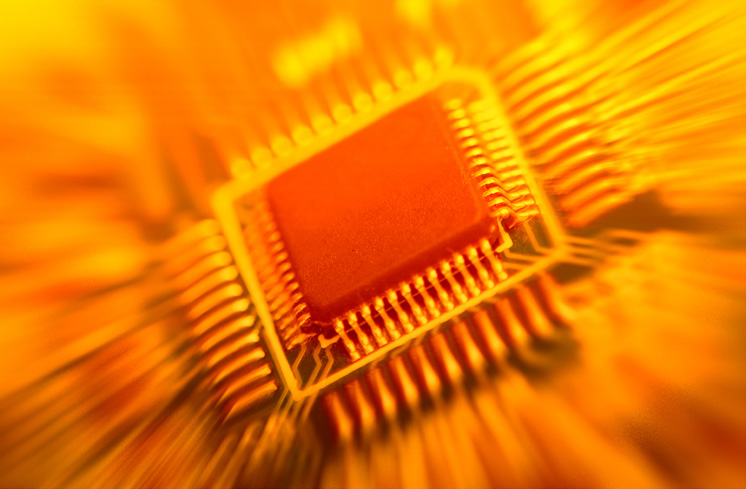
Methods of Cooling Ruggedized Mission Systems
All computer systems put out a certain amount of heat. The more energy they consume, the more heat they put out. The desktop or laptop computer you use was most likely designed to operate in a home or office environment and probably has a small fan that kicks on if it starts getting too hot. The fan draws in cooler ambient air and directs it across the computer chips inside the box to cool them down. This is called convection cooling, and it works great as long as the air is fairly cool, clean, and dry.
However, rugged computers designed for military applications face unique heat challenges because they must be able operate in the most extreme environments, such as hot deserts, muggy jungles, foggy seas, and high altitudes where the air is thin.
Over the years, the engineers and developers who build these systems have developed interesting ways of cooling them. One of these methods is called conduction cooling. That means the transfer of heat from one solid to another. This technique uses a cold plate placed firmly against the hot chip. The heat automatically moves from the chip to the plate in effect cooling the chip down.
